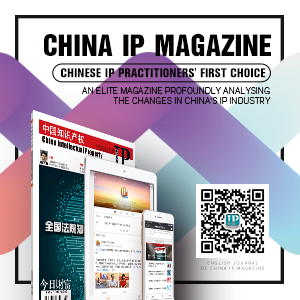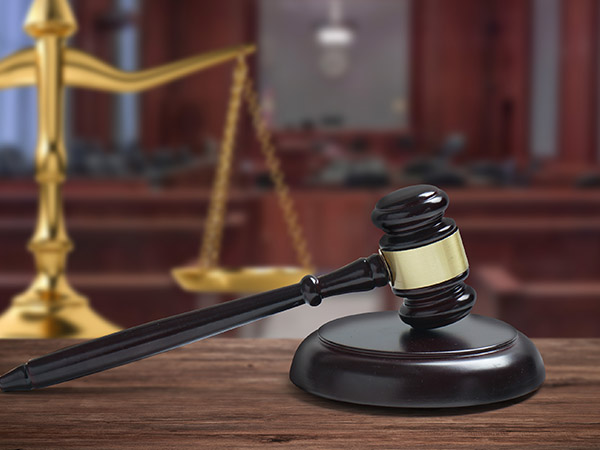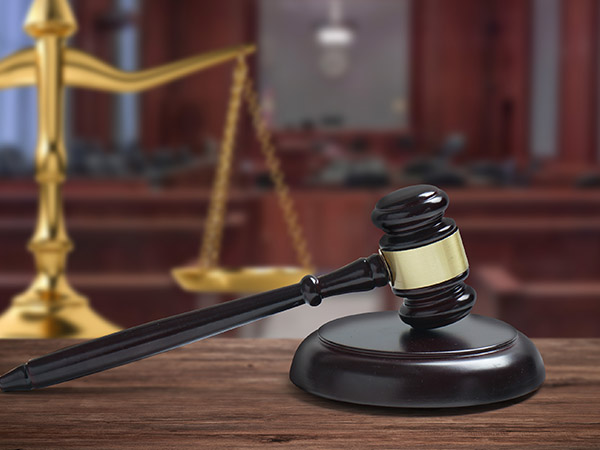4. Special exclusion rule as limitation on the application of the Doctrine of Equivalents Special Exclusion rule refers to the inapplicability of the Doctrine on a subject matter that has been especially excluded from a claim. Whether it is applicable in specific cases depends on how clearly the patentee has excluded in infringement litigations the equivalents, whether implicitly or expressly. The reason behind it is, by special exclusio n o f certain subject matters to define the patent claim, the patentee in d ir ectly giv es up on those matters specifically excluded. Therefore the patentee may not recapture those matters already excluded into the patent protectable range by claiming equivalency in infringement litigations. There are two scenarios where the special exclusion rule may be applied in patent infringement cases. One is the special exclusion made in the patent written description; the other is made in the patent claim. The judicial interpretation concerning limitations on the Doctrine of Equivalents includes prosecution history estoppel, the dedication rule, and the prior art exception, but not the special exclusion rule. In some of the patent infringement litigations, courts began to apply the rule.
For example, in the patent infringement case for a utility model o f "Thin Wal l Cement Cylinder Component," one of the limitations of the patent claim is that the "bottom of the cylinder comprising at least two layers of glass fibers folded together with a substrate of inorganic gel of sulphoaluminte cement or ferrate cement as glue." The accused device, however, has a bottom of cement and sand, without glass fiber. The patentee contended that the cylinder bottom is not the essential part of the technical feature, and even if it is, defendant's cylinder bottom constitutes an equivalent. The court held, "The patent claim states that the cylinder bottom comprises at least two substrates of glass fibers folding together, which is an important distinctive feature from conventional technology, and the claim adopts a strictly definitive term 'at least' which may not be expansively interpreted, let alone be ignored; otherwise it destroys the stability of the patent system and public interests."9 Regarding the same patent claim, the Supreme People's Court made similar finding: "Use of clearly definitive term such as 'at least two layers,' and the unequivocal description in the specification for 'as few as two layers,' may not be interpreted away from the claim limitation."10
IV. Summary
All in all , China's judicial policy leans toward narrower application of the Doctrine of Equivalents. Specifically, China's judicial interpretation regarding the limitations on the application of Doctrine include prosecution history estoppel, the dedication rule and the prior art exception, but not the vitiation rule. In some of the patent infringement litigations, the vitiation rule has been employed, only to varying degree, some dismissing infringement by applying the vitiation rule to limit the Doctrine of Equivalents, others denying or ignoring the rule in sustaining infringement b y following the Doctrine of Equivalents.
(Translated by ZHENG Xiaojun)










